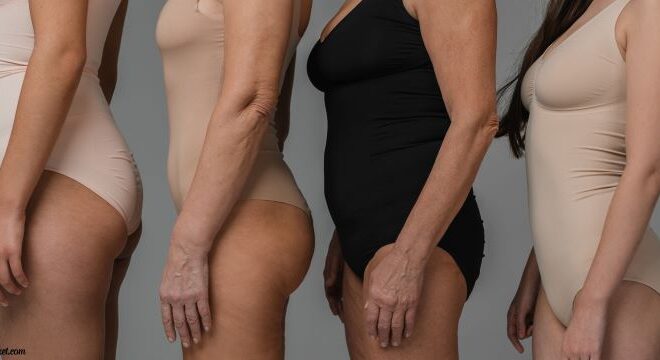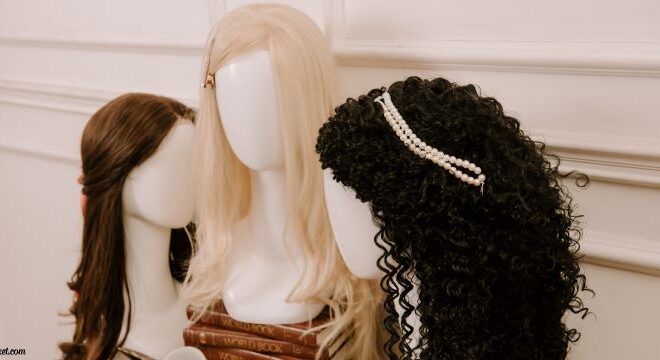
How Sustainable Materials are Redefining Luxury Fashion
Table of Contents:
- The Benefits of Eco-Friendly Fabrics
- Types of Sustainable Materials in Fashion
- Innovations in Fabric Production
- The Role of Certifications in Eco-Fashion
- Future Trends in Sustainable Fashion
- Consumer Tips for Choosing Sustainable Fabrics
- Conclusion: The Integration of Eco-Fabrics into Modern Wardrobes
Key Takeaways:
- Eco-fabrics blend environmental benefits with unparalleled luxury and comfort.
- Certifications are vital for consumers to verify the sustainability of fabrics.
- Technological innovations are revolutionizing fabric production methods.
- Informed consumer choices can drive the industry toward more eco-friendly practices.
The Benefits of Eco-Friendly Fabrics
Aside from contributing to a healthier planet, eco-friendly fabrics offer many benefits that transcend their ecological performance. These fabrics are redefining user experience with their exceptional tactile qualities, resilience to wear and tear, and heightened breathability that underpins comfort. Eco-fabrics’ durability makes for a compelling argument regarding cost-effectiveness, as they often outlast their conventional counterparts, thus offering better value over the product’s lifespan.
Health and wellness considerations are also critical – eco-fabrics are generally devoid of toxic dyes and pesticides, reducing the potential for allergic reactions and skin irritations. This attribute is increasingly significant to the modern consumer, who is more health-conscious and aware of the potential hazards of chemically treated textiles. Furthermore, eco-friendly fabrics often adhere to ethical standards that respect both the environment and workers’ rights, creating a positive social impact that aligns with the principles of conscious consumerism.
Types of Sustainable Materials in Fashion
The landscape of sustainable fabrics is as rich in variety as in ecological benefits. Beyond the widely recognized organic cotton and recycled polyester, an array of innovative materials sets the stage for a greener future in fashion. Fabrics like bamboo and hemp are celebrated for their rapid renewability and minimal chemical need. At the same time, the progress in bio-fabricated leathers from mushroom mycelium and lab-grown materials sidesteps animal harm and environmental degradation.
These materials are not confined to a niche market but are increasingly featured in mainstream fashion lines, appreciated for their quality and versatility. Advances in processing technologies have improved textures and finishes, enabling sustainable materials to meet and often exceed traditional fabrics’ luxurious feel and performance. This shift has been pivotal in debunking the myth that sustainability necessitates a compromise on style or comfort – instead, it highlights eco-fabrics as the superior choice for the discerning and environmentally conscious fashionista.
Innovations in Fabric Production
At the vanguard of the sustainable fashion movement is many technological breakthroughs reshaping how textiles are produced. Innovations such as 3D printing and non-toxic waterless dyeing techniques are curbing environmental harm and expanding the possibilities of fabric aesthetics and functionality. These advancements are a testament to the industry’s dynamic nature, where research and ingenuity continue to push the boundaries of what’s possible in eco-fabric production.
Eco-fabrics benefit from a synthesis of technology and nature, where age-old practices like natural dyeing are combined with modern science to create textiles that are both beautiful and benevolent to the earth. By tapping into renewable energy sources and prioritizing material recyclability, the production process becomes part of a larger narrative of conservation and mindfulness. It’s a progressive departure from a ‘take-make-dispose’ model to one that is circular and sustainable.
The Role of Certifications in Eco-Fashion
The role of certifications in sustainable fashion must be balanced. With the abundance of green claims in the market, certifications provide much-needed transparency and assurance to consumers. They act as a seal of approval, verifying a product’s compliance with stringent environmental and social standards. The Global Organic Textile Standard (GOTS) and OEKO-TEX are among the most recognized certifications, ensuring that every step of the production process is scrutinized for its ecological soundness.
These certifications are crucial tools for consumers to navigate the complex landscape of sustainable fashion. Buyers can avoid ‘greenwashed’ products and support companies genuinely committed to environmental stewardship by looking for these labels. Such informed purchasing decisions foster a market that values authenticity and encourages brands to uphold high sustainability standards.
Future Trends in Sustainable Fashion
The trajectory of sustainable fashion points towards a future where eco-fabrics are the norm. Growth in environmental activism and greater cognizance about the impacts of consumer choices are fostering an industry-wide movement toward sustainability. Substantial innovations in material science are expected to bring about eco-fabrics that are fully biodegradable and have a reduced carbon footprint, signaling a holistic approach to sustainability in fashion.
The shift is also ushering in a new era of transparency in the fashion supply chain. Provenance platforms and blockchain technology are expected to play a pivotal role in tracing the lifecycle of garments, equipping consumers with verifiable information about the origins and environmental footprint of their clothing. This, in turn, will empower consumers to make more informed decisions and support brands that align with their values.
Consumer Tips for Choosing Sustainable Fabrics
For consumers aiming to align their purchases with their principles, mastering the art of identifying truly sustainable fabrics is key. Checking for reputable certifications, understanding the source and processing of materials, and considering the end-of-life of the garment will assist buyers in selecting clothes that validate their eco-friendly ethos. Advocacy for sustainable choices extends beyond personal benefit – it exerts pressure on the industry to recalibrate and meet the demands of a more eco-conscious public.
Conclusion: The Integration of Eco-Fabrics into Modern Wardrobes
Integrating eco-fabrics into mainstream fashion is an enlightening reflection of society’s growing commitment to sustainability. As more consumers value ethical production and low environmental impact, eco-fabrics are essential to contemporary fashion. They symbolize a pivotal shift in perspective where luxury is redefined by a garment’s ecological legacy and ethical origins. The enthusiasm for eco-fabrics heralds a positive and profound change, with the power to reshape the industry into a vanguard for environmental responsibility.



